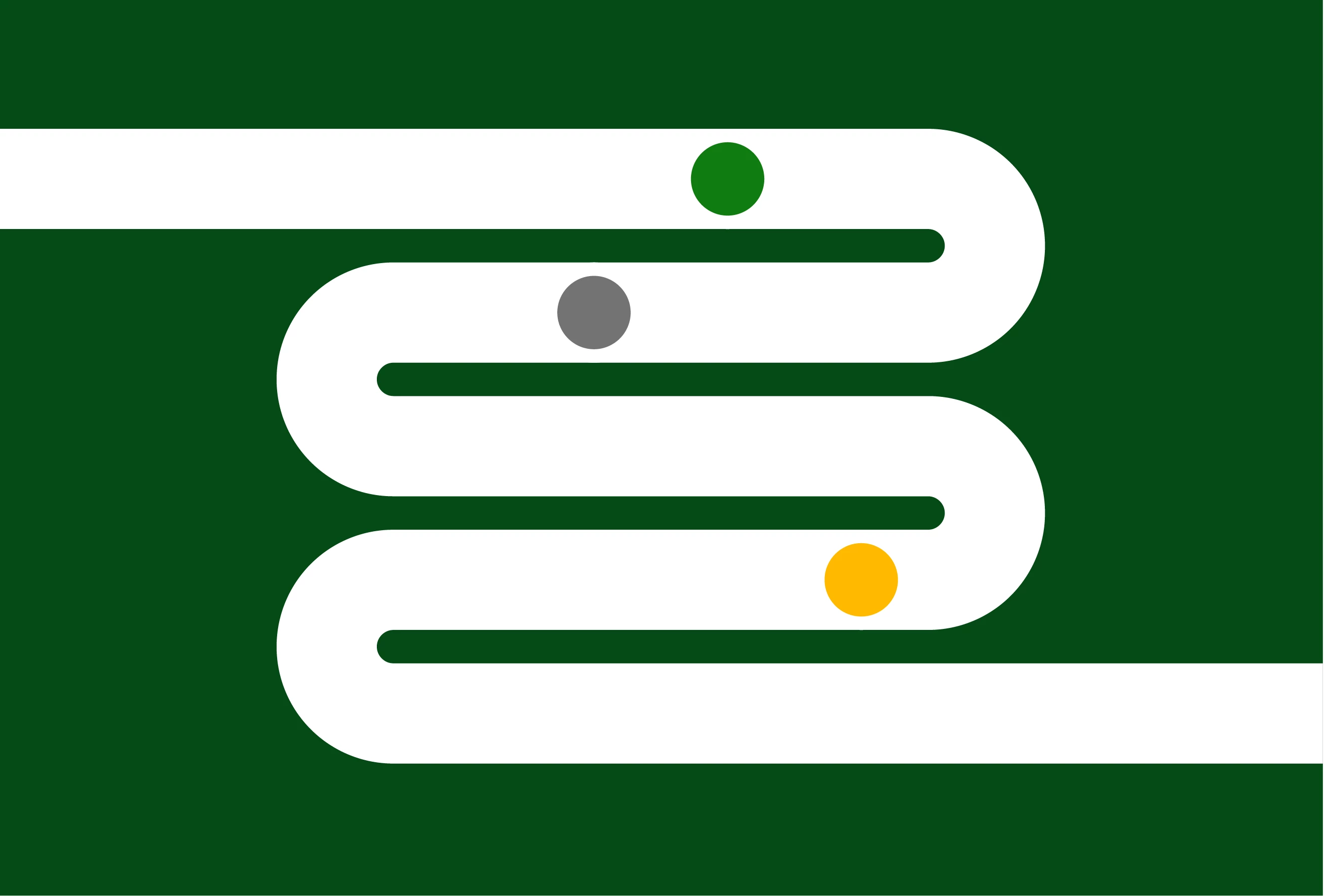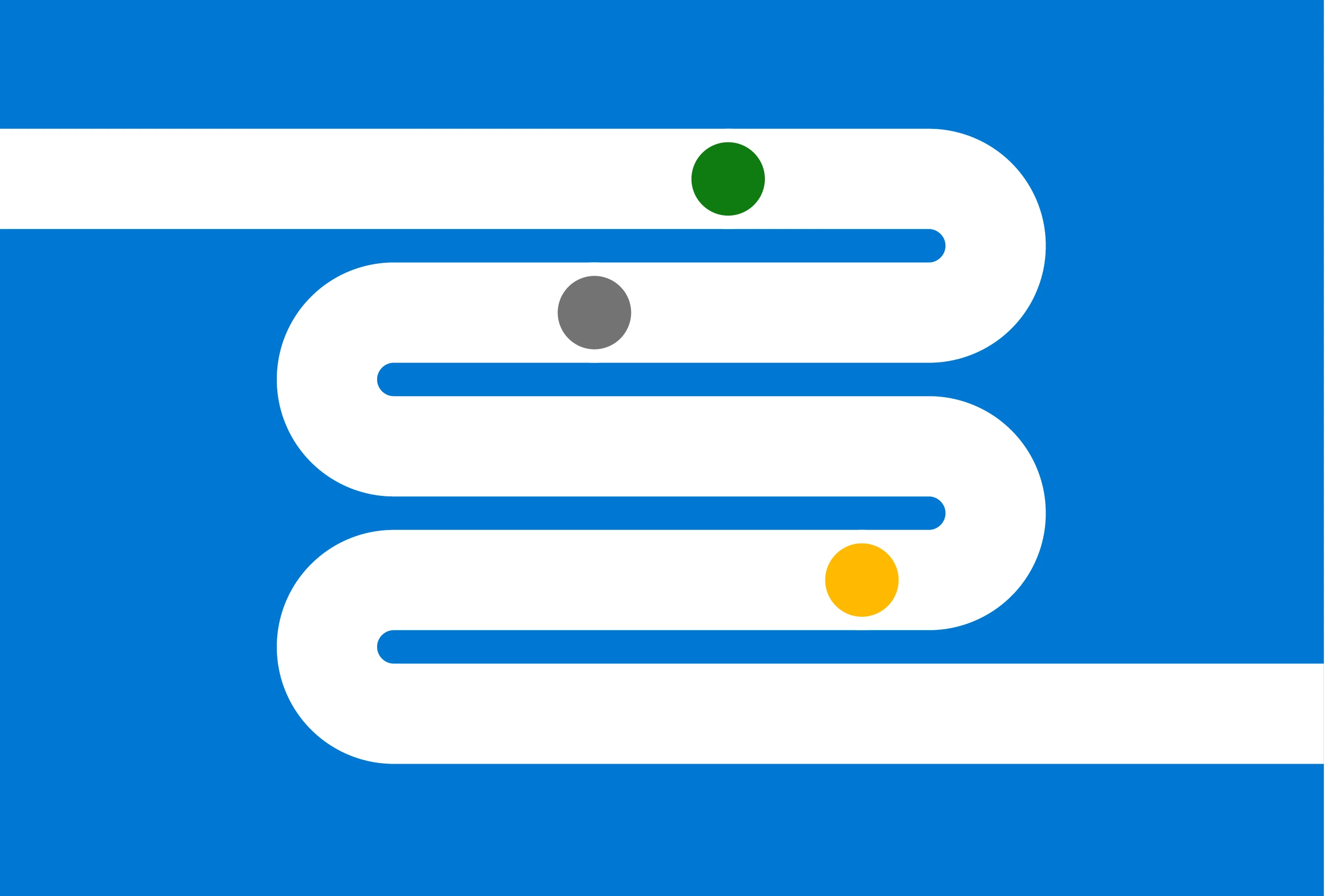


Threat actors
Microsoft actively discovers and tracks threat actors across observed state-sponsored, ransomware, and criminal activities. Get insights from the 60 nation-state actors, 50 ransomware groups, and hundreds of other attackers we’ve tracked.
Refine results
Topic
Products and services
Publish date
-

Frequent freeloader part II: Russian actor Secret Blizzard using tools of other groups to attack Ukraine
Since January 2024, Microsoft has observed Secret Blizzard using the tools or infrastructure of other threat groups to attack targets in Ukraine and download its custom backdoors Tavdig and KazuarV2. -

Frequent freeloader part I: Secret Blizzard compromising Storm-0156 infrastructure for espionage
Microsoft has observed Secret Blizzard compromising the infrastructure and backdoors of the Pakistan-based threat actor we track as Storm-0156 for espionage against the Afghanistan government and Indian Army targets. -

Chinese threat actor Storm-0940 uses credentials from password spray attacks from a covert network
Since August 2023, Microsoft has observed intrusion activity targeting and successfully stealing credentials from multiple Microsoft customers that is enabled by highly evasive password spray attacks. -

Midnight Blizzard conducts large-scale spear-phishing campaign using RDP files
Since October 22, 2024, Microsoft Threat Intelligence has observed Russian threat actor Midnight Blizzard sending a series of highly targeted spear-phishing emails to individuals in government, academia, defense, non-governmental organizations, and other sectors. -

Storm-0501: Ransomware attacks expanding to hybrid cloud environments
Microsoft has observed the threat actor tracked as Storm-0501 launching a multi-staged attack where they compromised hybrid cloud environments and performed lateral movement from on-premises to cloud environment, leading to data exfiltration, credential theft, tampering, persistent backdoor access, and ransomware deployment. -

North Korean threat actor Citrine Sleet exploiting Chromium zero-day
Microsoft identified a North Korean threat actor exploiting a zero-day vulnerability in Chromium (CVE-2024-7971) to gain remote code execution (RCE) in the Chromium renderer process. -

Peach Sandstorm deploys new custom Tickler malware in long-running intelligence gathering operations
Between April and July 2024, Microsoft observed Iranian state-sponsored threat actor Peach Sandstorm deploying a new custom multi-stage backdoor, which we named Tickler. -

Onyx Sleet uses array of malware to gather intelligence for North Korea
On July 25, 2024, the United States Department of Justice (DOJ) indicted an individual linked to the North Korean threat actor that Microsoft tracks as Onyx Sleet. -

Exposed and vulnerable: Recent attacks highlight critical need to protect internet-exposed OT devices
Since late 2023, Microsoft has observed an increase in reports of attacks focusing on internet-exposed, poorly secured operational technology (OT) devices.







